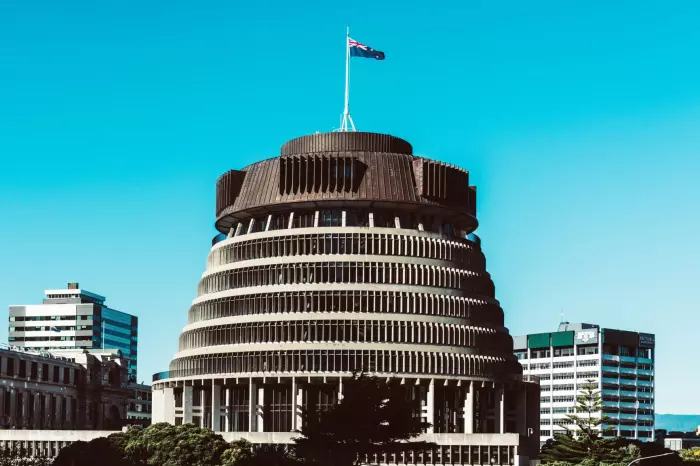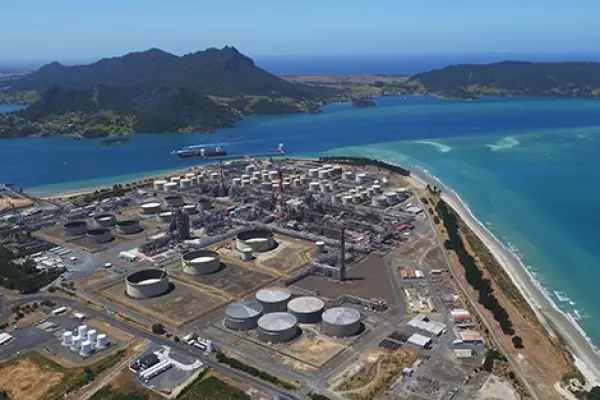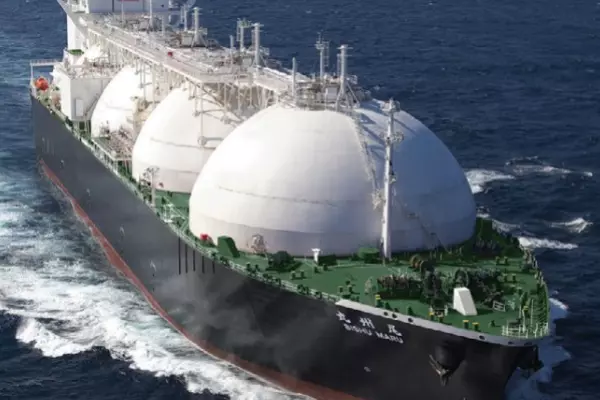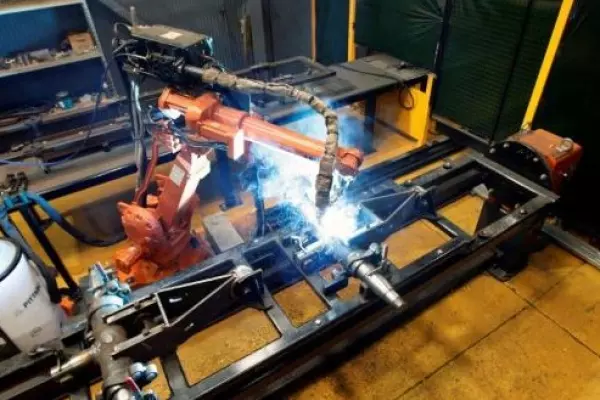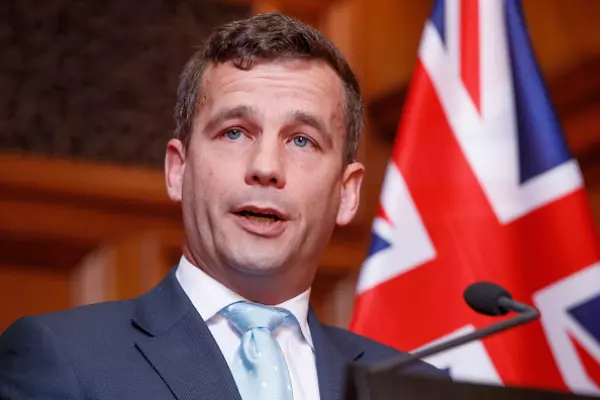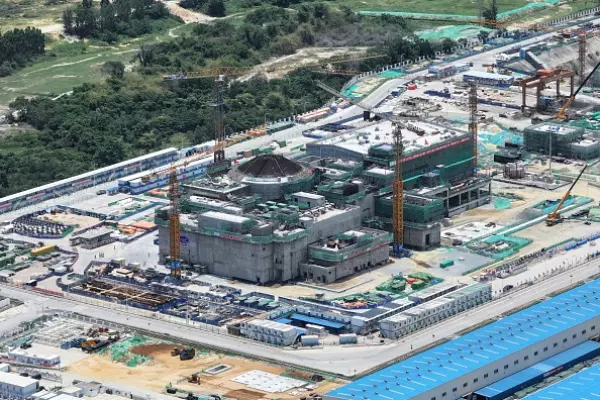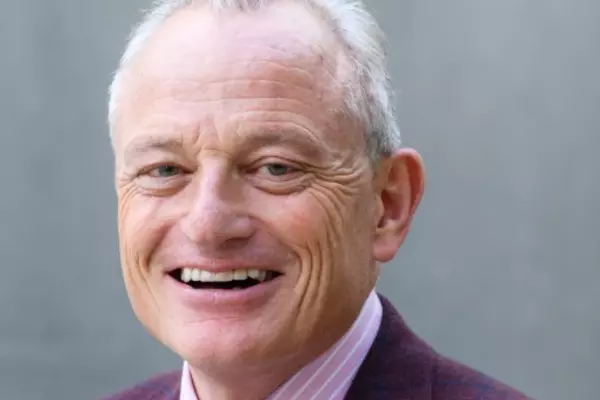The government’s 2025 target for public sector carbon neutrality is “not achievable” and will result in “massive” buying of offsets, a leading academic says.
Associate Professor Janet Stephenson, director of Otago University’s sustainability centre, said the government’s announcement yesterday hinted at the extent of the challenge and the reliance on offsets, probably through forestry, that would be required.
Rather than buy offsets, she said the government agencies involved would be better spending the money on projects to reduce emissions in sectors outside the emissions trading schemes, like schools or marae.
"If millions of dollars are to be put into offsets, how about making this funding available for other innovative solutions within New Zealand towards low-carbon transitions?” Stephenson said in a statement.
"The carbon reductions would need to be measured and certifiable, but this is entirely doable by organisations already operating in NZ. This means a double gain from the initiative rather than funds going offshore."
'Emergency'
Prime Minister Jacinda Ardern announced the new public sector target as part of the government’s declaration of a climate emergency yesterday.
Government departments, ministries and other Crown agencies will be required to make plans to get their operations to carbon neutral by 2025. Emissions that can’t be cut by then will have to be offset.
Coal-fired boilers would be the initial focus but agencies would also be expected to trim their car fleets, replace conventional cars with electric where possible, with hybrids as the next best alternative.
Some of the public sector's biggest emitters, the country’s district health boards, are only in the scheme in principle, subject to work on the feasibility of their inclusion and establishing a realistic time for when the offsetting obligation would kick in.
The same is true of the government housing agency Kāinga Ora, universities, and school boards of trustees.
A public sector target is not a new initiative.
The Clark Labour government in 2007 launched a similar initiative aiming to have the six lead ministries carbon-neutral by 2012 and 28 other agencies “on the path” to neutrality by that year.
It was scrapped by the National government in 2009 for political reasons but also on concern at the estimated $400,000 annual bill expected for offsets. The programme was also under-funded, with just $10.4 million allocated for three years, with many agencies having to fund the work out of operating budgets.
Efforts ongoing
While that scheme was scrapped, emission reduction by government agencies has continued, particularly in the South Island where the absence of natural gas means most hospitals, schools, and prisons have relied on coal for hot water and heating.
Recent projects at Lincoln and Canterbury University, and Ashburton Hospital aim to replace coal-fired boilers, part-funded from the $200 million State Sector Decarbonisation fund established a year ago.
While the government said that fund will be there to “back” the new sector-wide programme, it targeted projects that could be completed by 2023 and will leave little scope for initiatives that aren’t already well-advanced.
Another sign of how recently the public service target was conceived is last week’s announcement by the police of their fleet contract with Skoda.
Yesterday the government said it had close to 16,000 vehicles. It wants that reduced and the remainder to be replaced with EVs and hybrids were possible.
The police have the largest fleet within government with more than 3,200 vehicles, followed by the Department of Corrections and the Ministry of Social Development with about 1,200 each.
Earlier plan
Last week, the police said they have a 10-year plan to get to an emissions-free fleet. They tendered to replace their 2,000 patrol cars in July and about 400 Skodas will be delivered annually starting in April. EVs and hybrids were considered but found to be unsuitable.
NZ has only about 23,000 EVs on its roads and purchases have slowed sharply this year. Uptake of hybrids has increased markedly as more models have become available and they account about 12 percent of all new and used vehicles registered this year, up from about 2.3 percent in 2017.
Electricity retailer Mercury NZ welcomed the government’s EV initiative, which it hoped would “edge” NZ toward the tipping point for electrification of transport.
But chief executive Vince Hawksworth said “urgent action” would be needed if transport is to make a real contribution to the country’s 2050 net-zero target.
That could include setting fuel efficiency standards as a priority. The company would also support a feebate scheme to reduce the cost of EVs and a ban on importing fossil fuelled vehicles to prevent NZ becoming a dumping ground of older right-hand drive cars as other countries’ bans take effect.
Piecemeal efforts
Mark Gilbert, chair of lobby group Drive Electric, said the public sector initiative is useful, but what the country needs is a plan to transform the transport system.
“They’re just saying that government departments are going to have more EVs,” he told BusinessDesk.
“Well, that’s great. But it’s not a plan. It’s piecemeal.”
Measures are needed to encourage firms and households to adopt EVs, and to also make public transport and active transport easier around the country’s towns and cities, he said.
Lines companies are going to need greater visibility of where EVs are on their networks, so they can plan for the infrastructure needed, and potential buyers may need greater guidance on the wiring upgrades that might be needed for home-charging.


